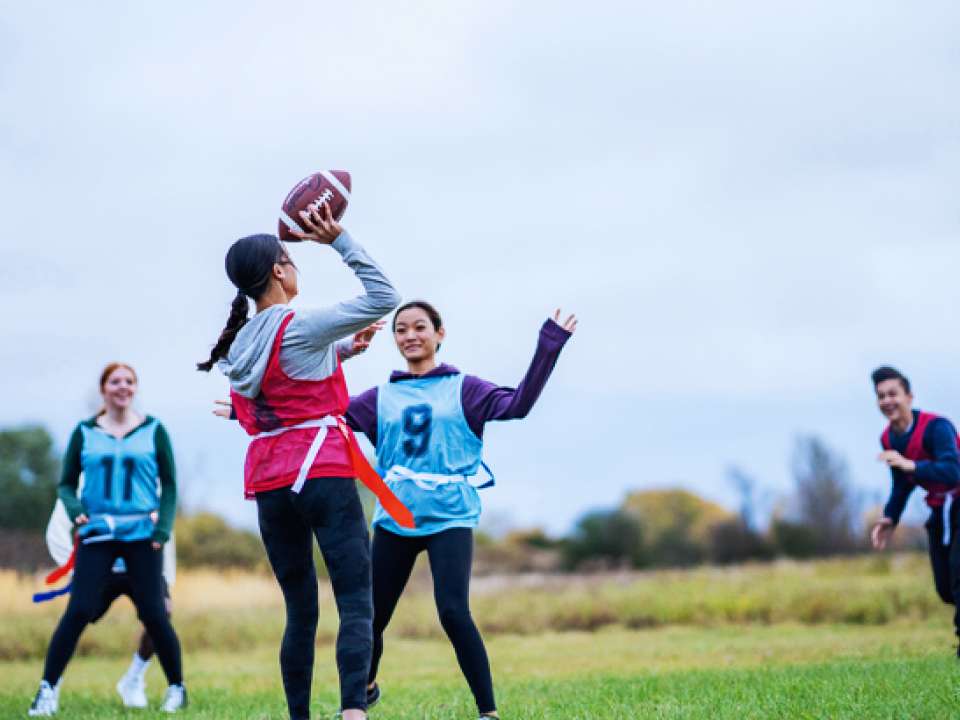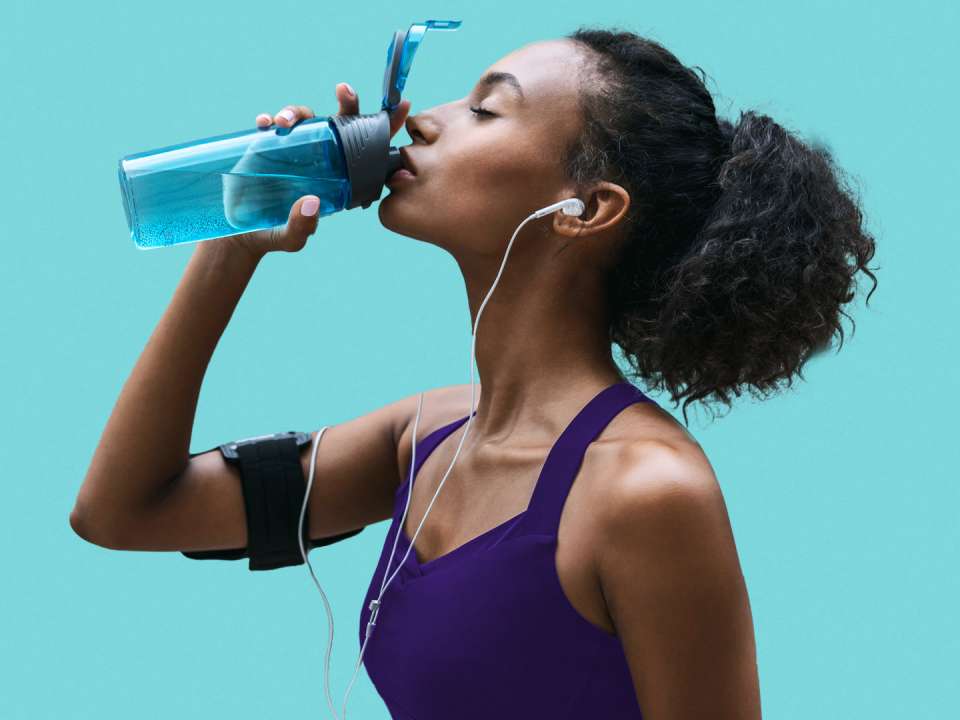
When you're training hard for an event like the Seattle Marathon, you need to consume enough calories to match those that you burn with exercise. If you don’t, you could be setting yourself up for trouble.
“Low energy availability is not eating enough calories to replace those burned,” says Sarah Gustafson, M.P.T., physical therapist at the UW Medicine Sports Medicine Center at Husky Stadium.
This condition—of low energy availability—is what is known as Relative Energy Deficiency in Sport or RED-S. The term was introduced to the world of sports in 2014 by the International Olympic Committee Medical Commission.
A condition that affects both men and women
Previously, the phrase “female athlete triad” described a trio of conditions that had been observed in female athletes: low energy availability (with or without an eating disorder), menstrual irregularities and decreased bone density.
“The coining of the term 'RED-S' was a way of creating a new definition relative to all athletes, and not just women,” explains Gustafson.
When an athlete’s body experiences a deficiency in available energy, it is not able to carry out its normal functions. Over extended periods of time, not only is an athlete’s performance affected, but their overall health.
Which athletes are most likely to suffer from RED-S, and why?
The athletes most likely to suffer from RED-S are those who compete in sports like distance running, ballet, gymnastics, figure skating, diving and bicycle racing.
And of course in other sports, such as boxing, wrestling or rowing, weight-class athletes must “make the weight” before competition in order to be able to participate.
What are the consequences of RED-S?
Potential consequences of RED-S are far-reaching, affecting both an athlete’s health and performance. Medical complications include an increased risk of stress fractures; unhealthy cardiovascular effects that increase cardiovascular risks; increased risk of contracting a virus; and numerous hormonal and metabolic abnormalities.
“Some of these medical complications are initially silent,” says Mark Harrast, M.D. of the UW Medicine Sports Medicine Center at Husky Stadium. But even if an athlete doesn’t recognize the medical complications, they’ll probably notice their performance suffer.
With Red-S, when athletes attempt to train like they always would (or sometimes even harder), they don’t get the same response that they would if they were healthy. But sometimes an athlete or coach does not recognize the signs of RED-S, and the athlete continues to train through it without improving their diet.
Some athletes have to give up their sport for years due to the medical and performance complications from RED-S.
“There may be additional long-term consequences to the health of young men and women that we do not even fully understand yet,” says Gustafson.
Signs of trouble
There are warning signs of athletes who may be at risk for RED-S. These include:
- Disordered eating: Excessive calorie restrictions/dieting, chronic dieting, avoidance of dietary fat
- Unhealthy weight control practices such as binging/purging, use of laxatives or appetite suppressants
- Compulsive exercise that exceeds sensible training
- Low self-esteem or negative body image
- Highly self-critical, self-perfecting tendencies
- Poor coping skills, inability to deal well with emotional or psychological stress
- Fewer, irregular or absent periods in women
- A history of repeated stress fractures or fractures from minor injury
What’s a coach, parent or friend to do?
Whether you’re a coach, athlete, parent or friend, you may know someone who is at risk for RED-S. How can you help?
“Try to be aware of the possibility of RED-S, especially in sports that emphasize low body weight, for both sexes,” says Gustafson.
But RED-S can be difficult to detect. If you notice conscious restriction of food intake, problems with body image, and a high drive for thinness, those characteristics taken together can indicate problems.
Putting the emphasis on health and nutrition
“The irony of RED-S is that many athletes who suffer from it are praised and even rewarded for a lean physique when in fact, their bodies are in a state of ill health,” says Gustafson.
Coaches and parents can bring more emphasis to nutrition and health as a way to enhance performance. And they can take the focus away from leanness and weight.
Getting help for RED-S
Those who suffer from RED-S may deny that they have a problem and indeed may not know that their eating and exercise habits are putting them at risk. A concerned parent, coach or friend may sometimes need to intervene.
Treatment often requires a team approach, including a physician, nutritionist, psychologist, and the support of family, friends, teammates and coaches. Athletes will need to develop a new understanding of how to support optimal performance and health that includes sustainable nutritional and exercise habits.
“Eventually, they have to come to the realization that something needs to be changed—that the path they are on is neither healthy nor sustainable,” says Gustafson.

 Healthy ideas for your inbox
Healthy ideas for your inbox





